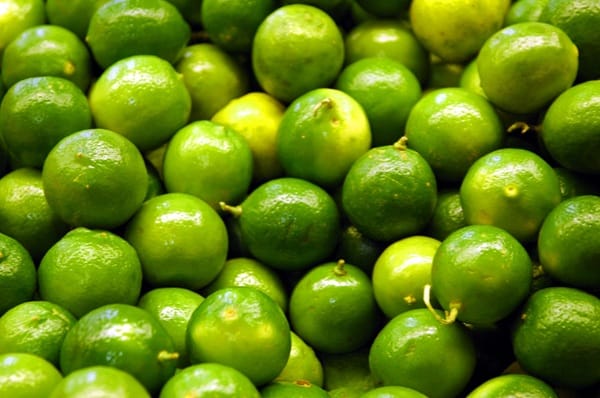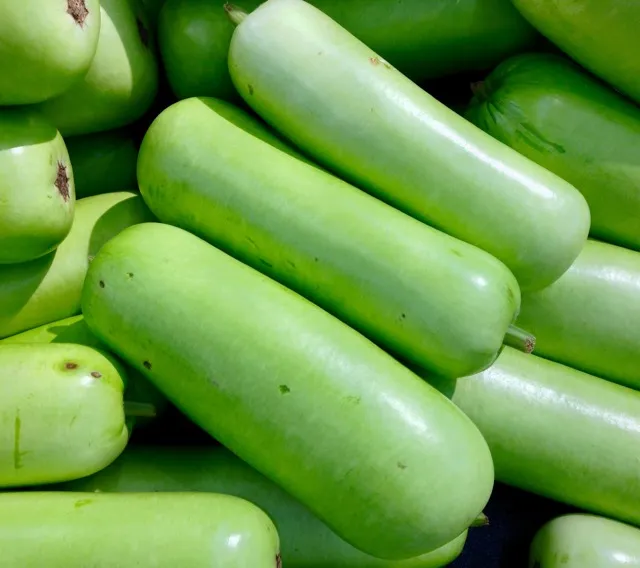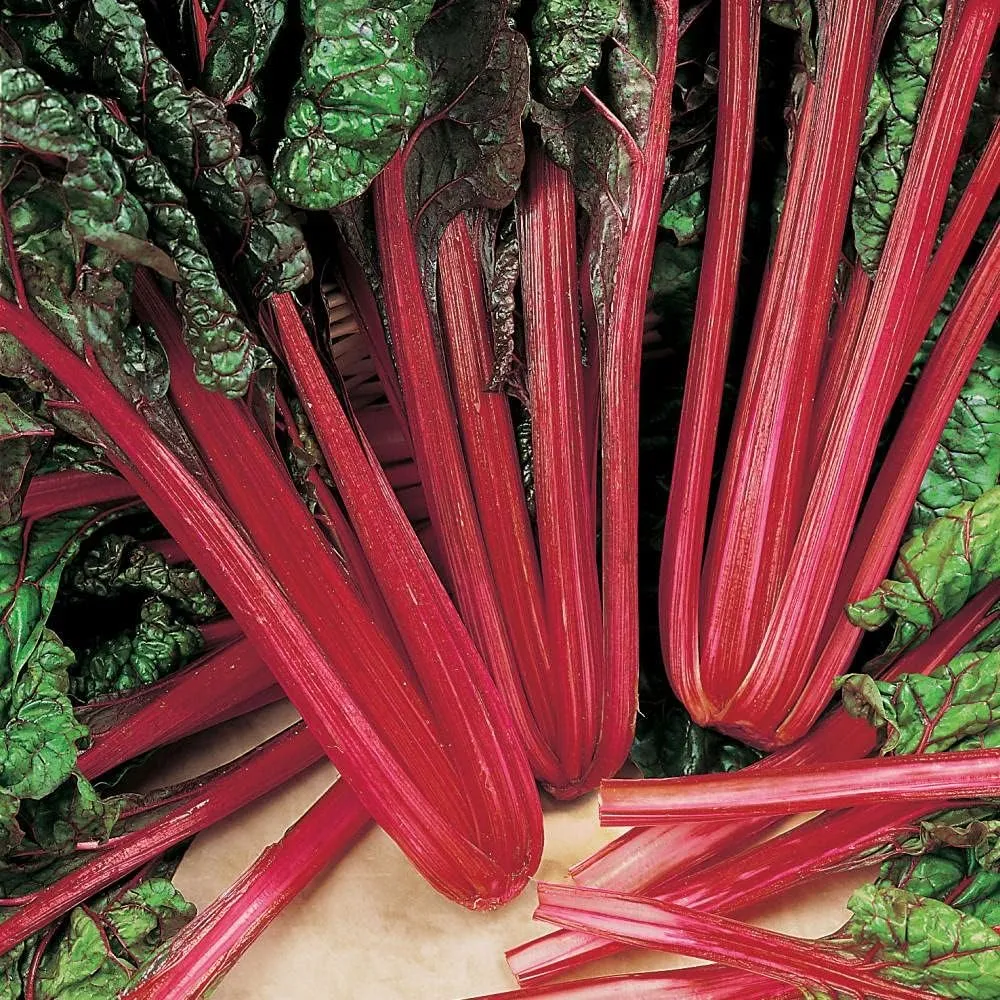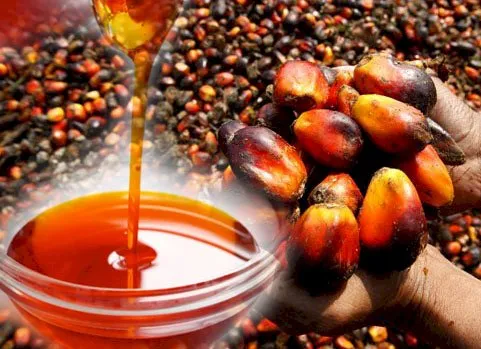Table of Contents
Lemons and Limes: The Citrus Powerhouses
Varieties
Lemons and limes belong to the Citrus genus and come in numerous varieties, each with unique characteristics:
Lemons:
- Eureka: Common in supermarkets, bright yellow, tart, and juicy.
- Lisbon: Similar to Eureka but more cold-tolerant, with thicker skin.
- Meyer: Sweeter, less acidic, and rounder; a hybrid of lemon and mandarin.
Limes:
- Persian (Tahiti): Most common, seedless, green, and acidic.
- Key Lime: Smaller, more aromatic, and tart; used in Key lime pie.
- Kaffir Lime: Primarily used for its aromatic leaves in Southeast Asian cuisine.
Texture & Usage
- Lemons: Firm, smooth skin; juicy, segmented flesh. Used for zest, juice, and garnishes.
- Limes: Thin, smooth skin; juicy, acidic pulp. Essential in cocktails, marinades, and desserts.
Both are versatile: - Culinary: Flavor enhancers in drinks, dressings, sauces, and baked goods.
- Non-culinary: Cleaning agents, skincare (astringent properties), and aromatherapy.

Nutrition
Both lemons and limes are low in calories but packed with nutrients:
- Vitamin C: Boosts immunity, skin health, and iron absorption.
- Antioxidants: Combat free radicals and reduce inflammation.
- Fiber: Aids digestion (especially in the pulp).
- Citric Acid: Enhances mineral absorption and kidney health.
Limes have slightly more sugar and carbs, while lemons are higher in vitamin C.
Recipes
- Lemon:
- Lemonade: Fresh lemon juice, water, sugar.
- Lemon Curd: Zest, juice, sugar, eggs, butter.
- Greek Lemon Chicken Soup (Avgolemono): Chicken broth, rice, eggs, lemon juice.
- Lime:
- Key Lime Pie: Key lime juice, condensed milk, egg yolks, graham cracker crust.
- Ceviche: Raw fish marinated in lime juice, onions, cilantro.
- Margarita: Tequila, lime juice, triple sec.
Global Cultivation & Distribution
- Lemons:
- Top Producers: India, Mexico, China, Argentina, and Brazil.
- Climate: Thrives in subtropical and Mediterranean climates.
- Export: Spain and South Africa are major exporters.
- Limes:
- Top Producers: India, Mexico, China, and Brazil.
- Climate: Prefers tropical and subtropical regions.
- Export: Mexico dominates global lime exports, especially Persian limes.
Trends
- Health & Wellness: Rising demand for vitamin C-rich foods boosts lemon and lime consumption.
- Beverages: Citrus flavors dominate in flavored water, kombucha, and craft cocktails.
- Sustainability: Focus on reducing waste (using zest, rinds) and eco-friendly packaging.
- Innovation: Lemon and lime-infused snacks, oils, and cleaning products.
- Cultural Influence: Growing popularity of Latin American and Southeast Asian cuisines drives lime demand.
Conclusion
Lemons and limes are indispensable in global cuisine and culture, celebrated for their vibrant flavor, nutritional benefits, and versatility. From zesty desserts to refreshing drinks, their appeal continues to grow, supported by health trends and culinary innovation. As global demand rises, sustainable cultivation and innovative uses will shape their future. Whether squeezing a lemon over grilled fish or garnishing a cocktail with lime, these citrus fruits remain timeless staples.









